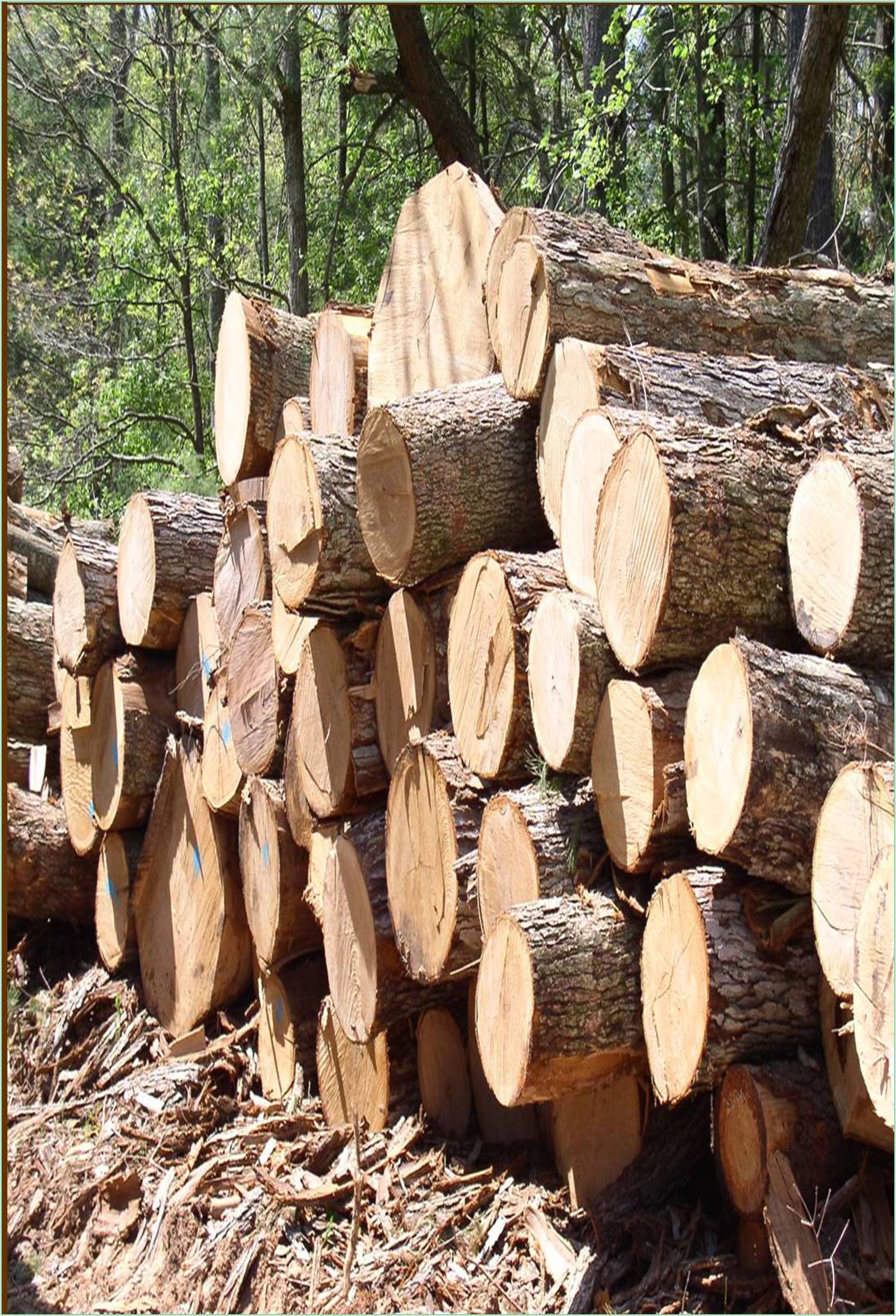



Received: 20-Jul-2022, Manuscript No. GJWSFW-22-74054; Editor assigned: 25-Jul-2022, Pre QC No. GJWSFW-22-74054 (PQ); Reviewed: 08-Aug-2022, QC No. GJWSFW-22-74054; Revised: 16-Aug-2022, Manuscript No. GJWSFW-22-74054 (R); Published: 23-Aug-2022, DOI: 10.15651/2449-1780.22.11.006
Agroforestry is a form of land use management where trees or shrubs are cultivated next to or amid pastureland or crops. Fruits and nuts, pharmaceuticals, wood products, and a variety of other valuable and marketable goods are all produced by trees. Higher yields from staple food crops, improved farmer lives due to income production, increased biodiversity, improved soil structure and health, reduced erosion, and carbon sequestration are just a few of the advantages of this purposeful marriage of agriculture and forestry. Agroforestry approaches have been found to be helpful in Europe and the United States and are especially effective in subsistence smallholdings in sub-Saharan Africa. Although there are similarities between agroforestry and intercropping, it can also entail considerably more complicated multi-strata agroforestry with hundreds of species. Agroforestry can also make use of nitrogen-fixing plants like legumes to replenish the nitrogen fertility of the soil. Planting the nitrogen-fixing plants sequentially or simultaneously is an option. Compared to traditional agricultural and forestry production techniques, agroforestry systems can be favored.
They can boost productivity, give social, economic, and environmental benefits, and improve the variety of ecological products and services offered. It is crucial to remember that these advantages depend on effective farm management. This includes picking the appropriate trees and giving them frequent pruning, among other things. Seven times more carbon is captured by agroforestry than by monoculture plantation forestry. Additionally, it safeguards soil minerals, reduces erosion and water evaporation, and offers farmers shade, food, and a variety of revenue streams. By using groundcover plants, such as naturally occurring grasses in agroforestry systems, depleted soil can be preserved from erosion. Compared to short-cycle cropping systems, they increase soil cover and aid in soil stabilization.
Soil cover is essential in order to stop erosion. Another benefit of agroforestry is the potential for cleaner water due to fewer fertilizers and soil surface runoff. By reducing water flow and evaporation and increasing soil infiltration, trees can help reduce water runoff.
Nutrient intake may be greater than in row-cropped fields, which lowers nutrient loss into streams. An essential function of the ecosystem is carbon sequestration. Agroforestry techniques can raise soil and woody biomass carbon stores. The carbon that was lost by cutting down existing forests can be partially recovered by trees in agroforestry systems, much like in new forests. Additionally, they offer more food and goods. The amount of carbon sequestered is significantly influenced by the rotation age and the utilization of the end products. By offering forest products, agro forests can ease pressure on primary forests. Along with adaptation benefits, agroforestry can significantly contribute to mitigating the effects of climate change. According to a case study conducted in Kenya, small-scale farmers' use of agroforestry led to greater carbon storage and improved livelihoods at the same time. Maintaining the variety of tree species in this scenario, particularly in terms of land use and farm size, is crucial.
Poor smallholder farmers have used agroforestry, particularly in recent years, as a method of climate change adaptation. In a survey of more than 700 families in East Africa, the CGIAR research programme on climate change, agriculture, and food security discovered that at least 50% of those households had started planting trees as a change from previous practices. In addition to their regular crop, the trees were planted with fruit, tea, coffee, oil, food, and medicine. Along with the use of better crop types and intercropping, agroforestry was one of the most popular adaptation tactics.